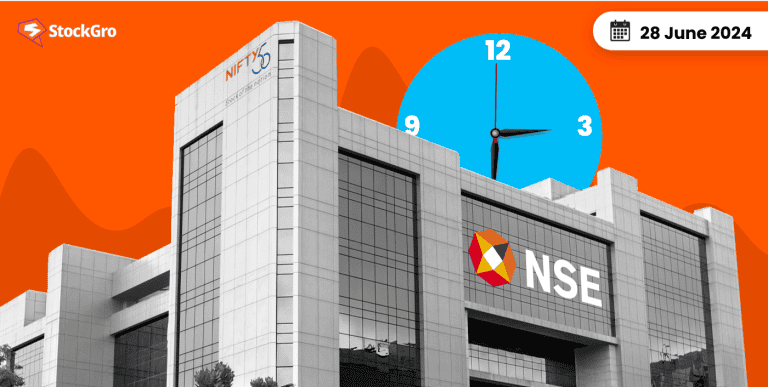Alternative investment funds are privately-pooled investments collected from sophisticated investors with significant amounts of capital
Table of contents
What are Alternative Investment Funds (AIFs)?
AIFs are investment vehicles for investors who seek diversification of their portfolios beyond traditional stocks, bonds, and mutual funds. AIFs offer these investors a chance at higher returns by pooling capital and investing them into special investment vehicles typically out of reach of regular, retail investors.
Most AIFs raise money from institutional investors who can afford to take higher risks in return for greater rewards, or from high net-worth individuals with deep pockets.
While some AIFs could invest in traditional asset vehicles also, most of them invest in these assets more:
- Private equity: These are equity investments in unlisted companies with high growth potential. A lot of PE transactions happen by means of debt financing in a strategy often called the leveraged buyout or ‘LBO.’
CTA: What is leverage - Venture capital: This involves funding for early-stage, high-risk, high-reward startups that could either lose everything or multiply investments several times over a short period.
- Hedge funds: These institutions, which accept money from clients, usually employ complex strategies to generate returns in various market conditions, often through fast-paced algo trading.
- Real estate: Real estate involves investing in commercial or residential properties for capital appreciation and rental income.
CTA: Top 7 advanced real estate investment strategies in India - Other alternatives could include everything left over, such as art, collectibles, or even intellectual property.
Types of AIFs
The Securities and Exchange Board of India (SEBI) categorises AIFs based on their investment strategy under three broad buckets:
- Category I AIFs invest in socially or economically desirable sectors like venture capital, SME funds, angel funds, or infrastructure. These funds are usually encouraged by the government for their positive impact on job creation and economic growth. Investments under this category usually add liquidity to capital markets within the country, leading either to wider economic benefits over the long run, or supporting innovation with new-age technologies.
- Category II AIFs invest in a broader range of assets including equity and debt securities, real estate, and private debt. Private equity funds would also be bucketed under this category. This category encompasses many traditional alternative asset classes.
- Category III AIFs primarily focus on generating short-term returns through strategies like hedge funds or arbitrage. These funds employ complex investment techniques and are suitable for highly qualified investors comfortable with a higher degree of risk.
CTA: Hedge fund
How are AIFs regulated?
SEBI’s AIF regulations, established in 2012, have governed the operations of these funds in India. There are three main heads under which these regulations can be categorised.
Investor Protection
AIF managers are mandated to provide a detailed Private Placement Memorandum (PPM) outlining fees, risks, and investment strategy to all their investors to protect them from unknown risks. AIFs are also required by the regulator to use qualified custodian banks to hold the investment corpus securely.
Rules like these ensure that investors are protected against undisclosed losses on their investments.
Market orderliness
AIF managers are required to be registered with SEBI before they raise or manage outside money. To qualify, they need a minimum of three years of experience in fund management or a relevant field.
Regular retail investors can’t invest in AIFs. SEBI defines two categories of eligible investors for these funds:
- Individuals with a net worth of at least ₹1 crore excluding their primary residence, or individuals with a minimum income of ₹18 lakh for the past three years
- Entities like insurance companies, banks, pension funds, and alternative investment funds themselves
Risk mitigation
For AIFs, SEBI also limits large investments in a single asset, preventing excessive risk concentration in one place. Leveraging client money with bank or other debt is also carefully controlled to ensure financial stability of the assets and the fund itself.
Frequently Asked Questions
No, currently, only sophisticated investors meeting SEBI’s criteria can invest in AIFs.
Management fees are usually a fixed percentage of the fund’s total corpus to cover operational costs. Other fees, including carried interest, is usually performance driven and depends on the skill of the fund manager.
Lock-in periods for AIFs can vary from a few years to the entire lifespan of the fund, depending on the AIF category and investment strategy.
SEBI mandates performance history disclosure, but past results don’t guarantee future performance. To discourage excessive risk for fees, some AIFs use a “high watermark” structure for performance fees. This means fees are only based on profits exceeding the fund’s highest net asset value (NAV) ever achieved.
AIFs typically have higher expense ratios compared to mutual funds due to the complex nature of alternative asset management strategies and potentially higher fees associated with performance and carried interest.

